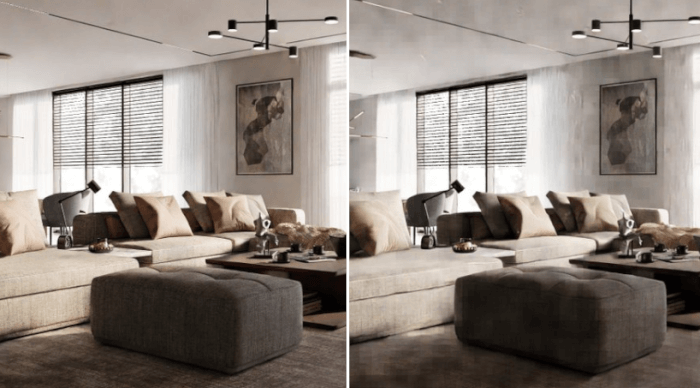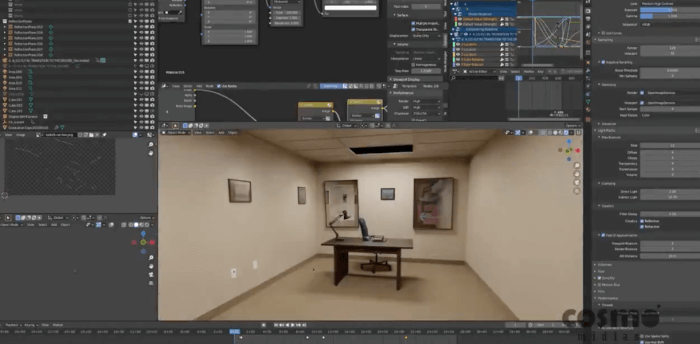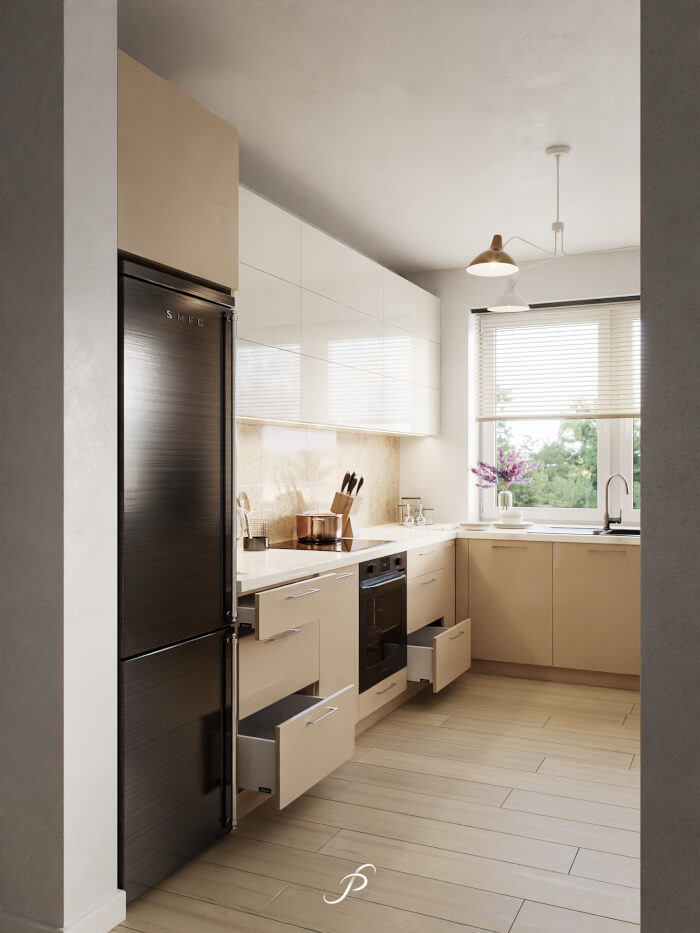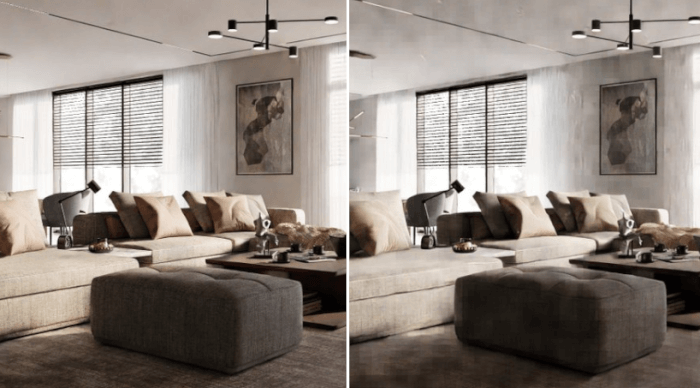
Another excellent example of architectural visualisation rendered in Cycles, and posted at the Blenderartists forums. The project shows a living room filled with well-placed furniture and proper lights. A French artist called Joan Savalli is the author of the project.
There is no much information about the hardware or render times for this project, but according to the artist, all images needed 4000 samples to get to the stage showed at the forum. If you follow the link to the forum, a lot more images are available.
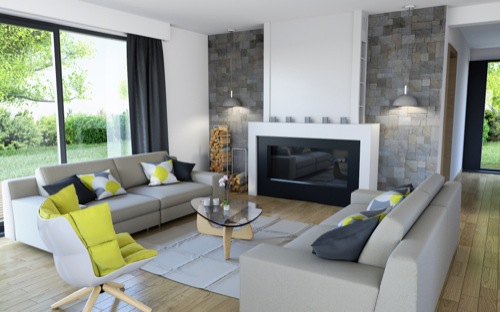
Besides being a lovely artwork created with Blender, a project rendered in Cycles for architecture may offer some challenges for new artists. And this particular project fit a characteristic of a lot of those projects featured in Blender 3D Architect. Why? Let me explain.
Rendered in Cycles: How many samples?
When I'm teaching architectural render to my students a question most of them have at the beginning is about the best amount of samples. How much is necessary to create a “noise-free” image? The answer to that question has strong ties to each project.
For instance, a project could get a little amount of noise with just 1000 samples in Cycles, but for other projects, the same amount would not get close to achieving an acceptable noise level. What is the best approach on that?
Unfortunately, in most cases the artist must perform a trial and error analysis to find which amount works best for his project. Every time I find a good project rendered in Cycles, I usually take some notes about it. Among those notes, the number of samples used for each project.
It seems like a lot of projects use samples ranging from 2000 to 5000 as the “sweet spot” for Cycles in architecture. You can't that as a rule, but a starting point for your project. If you have to guess a number of samples, a render with 2000 samples will make a great try.
Of course, some projects go wildly out of that curve. Some of them use 25000 samples!

